👆Follow where to moxibust Input the acupuncture point name to find more

Zhi Mai is the name of an acupuncture point. It appears in the “Classic of Acupuncture and Moxibustion“. Other names include Zi Mai (“Classic of Acupuncture and Moxibustion“), Suo Mai (“Medical Guidelines“), Ti Mai (“Collection of Acupuncture Points“). It belongs to the Hand Shaoyang Sanjiao Meridian. Zhi refers to Zhi Diao, and Mai refers to Luo Mai. This point is located behind the ear, where the Luo Mai is distributed, and is effective in treating Zhi Diao, hence the name Zhi Mai. The Zhi Mai point is primarily used for conditions related to the ear, eyes, and mental state, such as headache, vascular headache, ear pain, tinnitus, unclear vision, acute conjunctivitis, pediatric seizures, Zhi Diao, headache, deafness, pediatric convulsions, unclear vision, Zhi Diao, anxiety, insomnia, vomiting, dysentery, diarrhea, Zhi Diao, and unclear vision, etc.
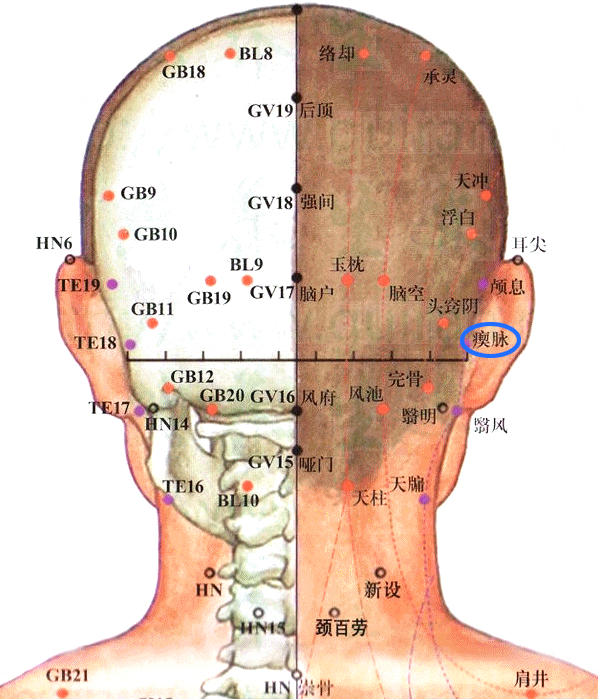
Zhi MaiOther Names
Zi Mai (“Classic of Acupuncture and Moxibustion“), Suo Mai (“Medical Guidelines“), Ti Mai (“Collection of Acupuncture Points“).
Source
From the “Classic of Acupuncture and Moxibustion“: Zhi Mai, also known as Zi Mai, is located behind the ear at the central point of the mastoid process, where the Luo Mai is found. Needle insertion should cause bleeding like a bean.
Point NameExplanation
Zhi refers to Zhi Diao, and Mai refers to Luo Mai. This point is located behind the ear, where the Luo Mai is distributed, and is effective in treating Zhi Diao, hence the name Zhi Mai.
Zhi refers to Zhi Diao. Mai refers to the tendons and the blue veins behind the ear. The point is located at the site of the blue veins behind the ear. The “Huangdi Neijing Suwen·Yujizhen Cang Lun” states: “When the tendons are pulled and tense, the disease is called Zhi.” Commonly known as convulsions. Zhi refers to epilepsy, which is often seen in children. This point is located at the “blue veins” of the artery behind the ear. When a person experiences convulsions or when the Sanjiao fire is excessive, the color of this “tendon” changes to blue-purple, affecting the entire ear, causing burning sensations, which is a manifestation of mania, hence the name of this point as Zhi Mai. The “Huangdi Neijing Lingshu·Wuxie” states: “Take the blue vein between the ears to relieve the tension.”
Location
Ear
Zhi MaiPoint Location
Standard Location: The Zhi Mai point is located on the head, at the center of the mastoid process, between Jiao Sun and Yi Feng, at the intersection of the middle and lower third of the line connecting the ear rim.
The Zhi Mai point is located on the head, at the center of the mastoid process, at the intersection of the upper 2/3 and lower 1/3 of the line connecting Jiao Sun and Yi Feng along the ear rim. The point is taken with the patient lying on their side.
The Zhi Mai point is located at the center of the temporal bone mastoid process, at the intersection of the middle and lower 1/3 of the line connecting Yi Feng and Jiao Sun along the ear wing.
Zhi MaiNeedling Method
The Zhi Mai point is located on the head, at the center of the mastoid process, at the intersection of the upper 2/3 and lower 1/3 of the line connecting Jiao Sun and Yi Feng along the ear rim. The point is taken with the patient lying on their side.
In a sitting or lying position, the point is taken at the level of the hairline behind the ear and the external auditory canal.
In a sitting or lying position, the point is taken at the level of the hairline behind the ear and the external auditory canal.
Quick Method: Along Yi Feng (tilt the head to one side, press down the earlobe, the depression covered is the Yi Feng point) and Jiao Sun (on the head, fold the ear forward to find the ear tip, the ear tip goes straight up into the hairline) to create a line along the ear rim, the intersection of the upper 2/3 and lower 1/3 of this line is the Zhi Mai point.
Zhi MaiPoint Anatomy
Under the Zhi Mai point are the skin, subcutaneous tissue, and muscles behind the ear. There are posterior auricular arteries and veins. It is at the site of the posterior branch of the great auricular nerve. The skin and liver are innervated by the posterior branch of the great auricular nerve. Behind the subcutaneous tissue, besides the distribution of the great auricular nerve from the cervical plexus, there are also posterior auricular arteries and veins. The needle penetrates the skin through the subcutaneous fascia, where there is no deep fascia, thus directly entering the muscles behind the ear, which are innervated by the posterior branch of the facial nerve.
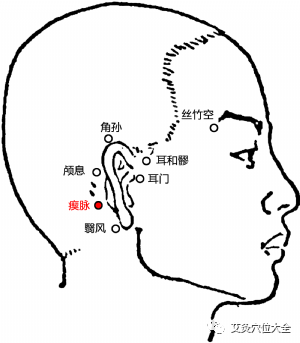
LayeredAnatomy
Skin→Subcutaneous Tissue→Muscles Behind the Ear.
Skin→Subcutaneous Tissue→Muscles Behind the Ear.
NeurovascularDistribution
Superficially, the great auricular nerve is distributed; deeply, the facial nerve muscular branches and posterior auricular artery are distributed.
There are branches of the great auricular nerve and posterior auricular arteries and veins.
Zhi MaiFunctions and Effects
The Zhi Mai point has the effects of opening orifices, relieving pain, and clearing heat to calm the spirit.
The Zhi Mai point has the functions of extinguishing wind, relieving spasms, and activating collaterals to open orifices.
The Zhi Mai point is indicated for pediatric epilepsy, with the function of clearing heat and dispersing wind. The “Discussion on Disease Diagnosis” states: “In infants, when the blue vein appears between the ears, it indicates pain and tension.” When children suffer from seizures, this blue vein is particularly prominent. The “Great Compendium of Acupuncture” acupuncture point song states: “Tian You, Yi Feng, Zhi Mai blue.” This indicates that the ancients recognized this point by the characteristic of the blue vein, and needling it has multiple effects.
Zhi MaiIndications
The Zhi Mai point is primarily used for conditions related to the ear, eyes, and mental state, such as headache, vascular headache, ear pain, tinnitus, unclear vision, acute conjunctivitis, pediatric seizures, Zhi Diao, headache, deafness, pediatric convulsions, unclear vision, Zhi Diao, anxiety, insomnia, vomiting, dysentery, diarrhea, Zhi Diao, and unclear vision, etc.
The Zhi Mai point is primarily used for conditions related to the ear, eyes, and mental state, such as headache, vascular headache, ear pain, tinnitus, unclear vision, acute conjunctivitis, pediatric seizures, Zhi Diao, vomiting, dysentery, diarrhea, etc.
The Zhi Mai point is indicated for headache, tinnitus, deafness, pediatric convulsions.
The Zhi Mai point is indicated for deafness, tinnitus, unclear vision, headache; pediatric seizures, Zhi Diao, anxiety, insomnia; vomiting, dysentery, diarrhea.
The Zhi Mai point is indicated for tinnitus, deafness, headache, pediatric seizures, Zhi Diao, etc.
Diseases of the head and facial organs: deafness, tinnitus, unclear vision.
Digestive system diseases: vomiting, diarrhea.
Neurological diseases: pediatric seizures, anxiety, Zhi Diao.
Other diseases: headache, etc.
Needling and Moxibustion Techniques
Needling Method
Generally, insert the needle along the skin 0.3–0.5 cun.
Horizontal insertion 0.3–0.5 cun, with local soreness and distension.
Or use a three-edged needle to prick and cause bleeding.
Moxibustion Method
Moxibustion is applicable.
Use moxa cones for 3 cones; or moxa sticks for 5–10 minutes.
Use moxa cones for 3-5 cones, moxa sticks for 5-10 minutes, or use lamp moxibustion.
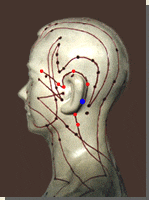
Zhi MaiPoint Combinations
The Zhi Mai point combined with Wan Gu, Shuaigu, and Wai Guan treats migraine.
The Zhi Mai point combined with Wan Gu treats headache, ear pain.
The Zhi Mai point combined with Chang Qiang or Shen Dao, and Lu Xi treats pediatric seizures.
The Zhi Mai point combined with Ting Hui, Er Men, and Yi Feng treats tinnitus, deafness.
The Zhi Mai point combined with He Gu, and Tai Chong treats pediatric seizures.
The Zhi Mai point combined with Tou Wei, and Feng Chi treats migraine.
The Zhi Mai point combined with Ting Hui, and Er Men, has the effect of clearing heat and improving hearing, indicated for tinnitus, deafness.
The Zhi Mai point combined with Tou Wei, and Yin Tang has the effect of opening collaterals and relieving pain, indicated for headache.
The Zhi Mai point combined with Chang Qiang, Da Zhui, and Tai Chong has the effect of extinguishing wind and relieving spasms, indicated for pediatric convulsions.
Special Massage
Place the index and middle fingers together gently at the root of the ear, and massage the Zhi Mai point in a clockwise direction for 1–3 minutes, once in the morning and once in the evening, which can treat headache, tinnitus, deafness, etc.
Literature Summary
From the “Classic of Acupuncture and Moxibustion“: Pediatric seizures, vomiting, diarrhea, anxiety, loss of essence, unclear vision, and Zhi Mai and Chang Qiang are the main points.
From the “Classic of Acupuncture and Moxibustion“: Pediatric seizures, Zhi Mai, Chang Qiang.
From the “Illustrated Guide to Acupuncture Points“: Treats headache, tinnitus, pediatric seizures, Zhi Diao, vomiting, diarrhea at any time.
From the “Acupuncture and Moxibustion Essentials“: Headache, ear pain, Zhi Mai, Wan Gu.
From the “Illustrated Guide to Acupuncture“: Indicated for headache, tinnitus.
From the “Great Compendium of Acupuncture“: Indicated for headache, tinnitus, pediatric seizures, Zhi Diao, vomiting, diarrhea, anxiety, unclear vision.
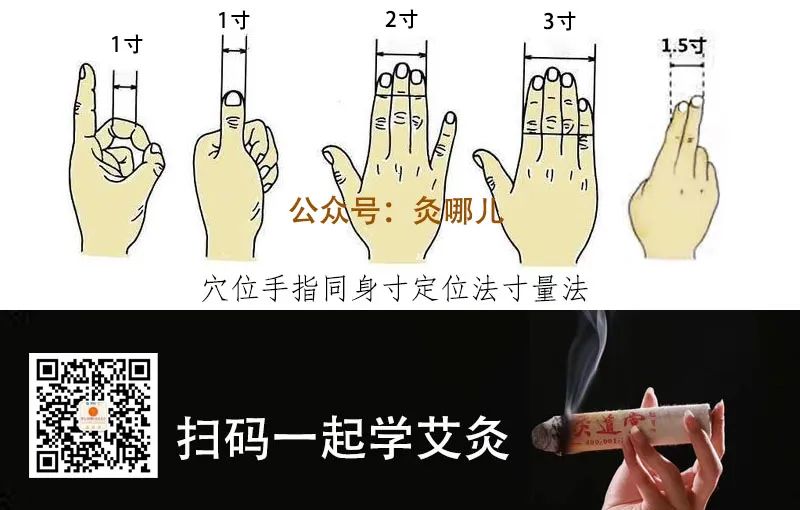
For more knowledge on moxibustion health, please follow the public account below

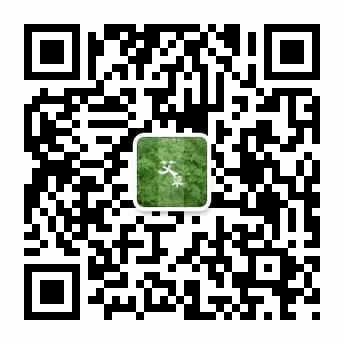

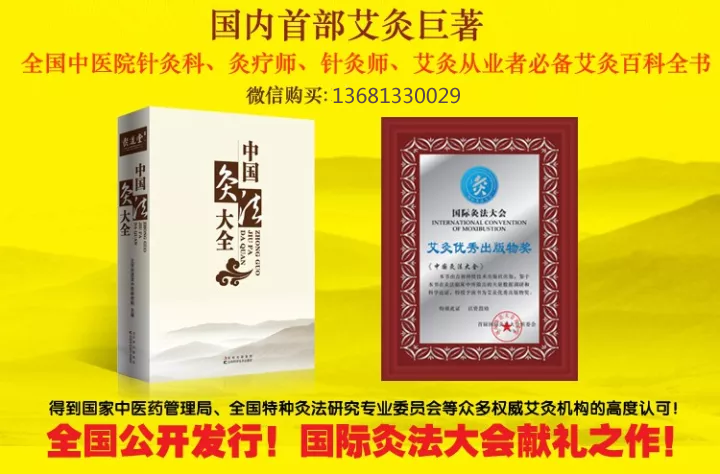
↙Read the original text Online learning moxibustion丨If this is useful to you, please clickLooking at Like↘

